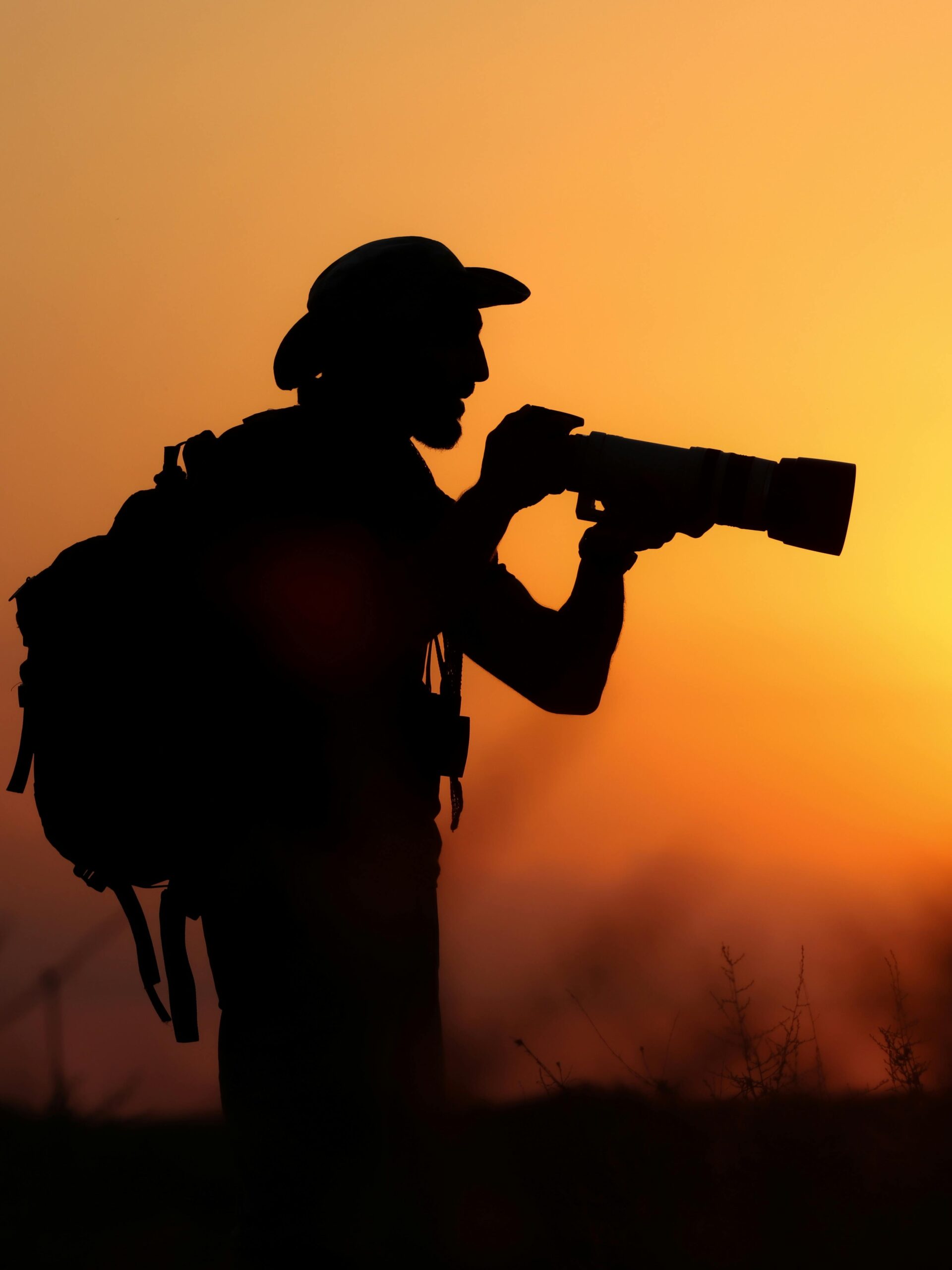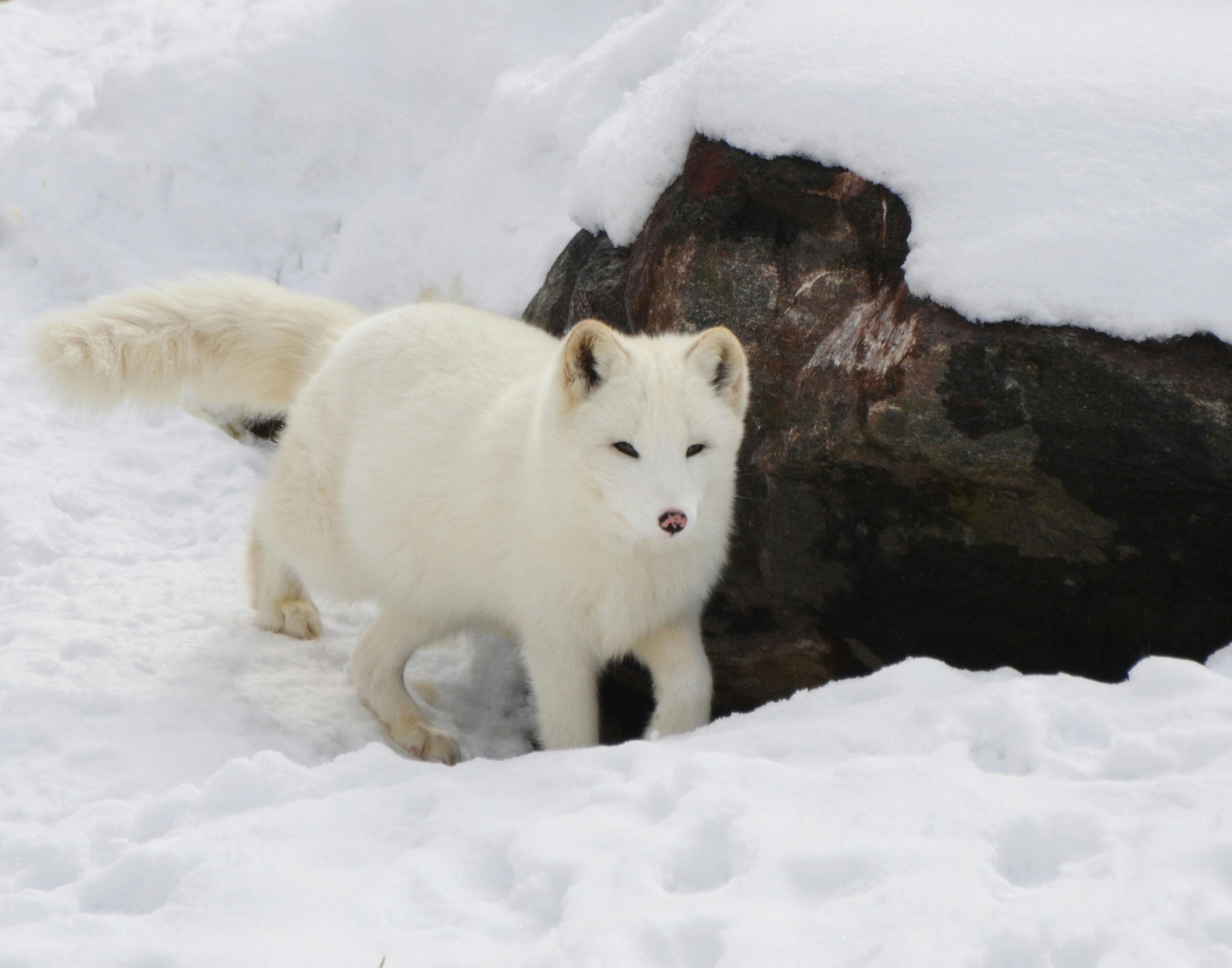Why Canada Offers World-Class Wildlife Photography Opportunities
Canada’s vast wilderness encompasses 347 million hectares of forest, countless wetlands, and diverse ecosystems supporting iconic wildlife including grizzly bears, polar bears, moose, caribou, wolves, and over 450 bird species. This natural wealth creates exceptional opportunities for wildlife photographers, with the Canadian wildlife photography market generating an estimated $120 million annually according to Statistics Canada tourism and creative industry data.
Professional wildlife photographers in Canada earn $45,000-$95,000 annually through stock photography sales, editorial assignments, tourism partnerships, conservation organization work, and workshop instruction. The growing demand for authentic Canadian wildlife imagery from tourism boards, conservation groups, outdoor brands, and editorial publications creates sustainable career opportunities for properly trained photographers.
Comprehensive wildlife photography training prepares you to capture Canada’s magnificent fauna professionally whilst understanding ethical practices, safety protocols, and business strategies essential for commercial success in this specialized field.

What Comprehensive Wildlife Photography Courses Should Cover
Professional wildlife photography requires distinct technical skills, fieldcraft knowledge, and business understanding beyond general photography training. Quality wildlife photography courses integrate these specialized components into structured learning pathways accessible to students across all Canadian provinces.
Technical Mastery for Wildlife Photography
Wildlife photography demands exceptional technical proficiency enabling confident work in challenging conditions with unpredictable subjects. You’ll master fast-moving subject tracking, achieving sharp focus on distant animals, and proper exposure across extreme lighting from bright snow to dark forests.
Telephoto lens techniques including focal lengths of 400mm-600mm enable safe, ethical wildlife photography maintaining appropriate distances that don’t disturb animals. Understanding focal length compression, depth of field management at long distances, and image stabilization techniques proves essential for consistently sharp wildlife imagery.
High ISO performance and noise management allow photography during dawn and dusk when many Canadian animals are most active. Training covers pushing camera sensors to ISO 3200-12800 whilst maintaining acceptable image quality through proper exposure technique and post-processing noise reduction.
Burst mode shooting and action tracking focus systems capture decisive wildlife moments—a bear catching salmon, an eagle taking flight, or wolves interacting socially. You’ll learn to anticipate behaviour, predict peak action, and capture compelling sequences that tell wildlife stories effectively. Professional photography courses provide foundational technical skills that wildlife specialization builds upon.
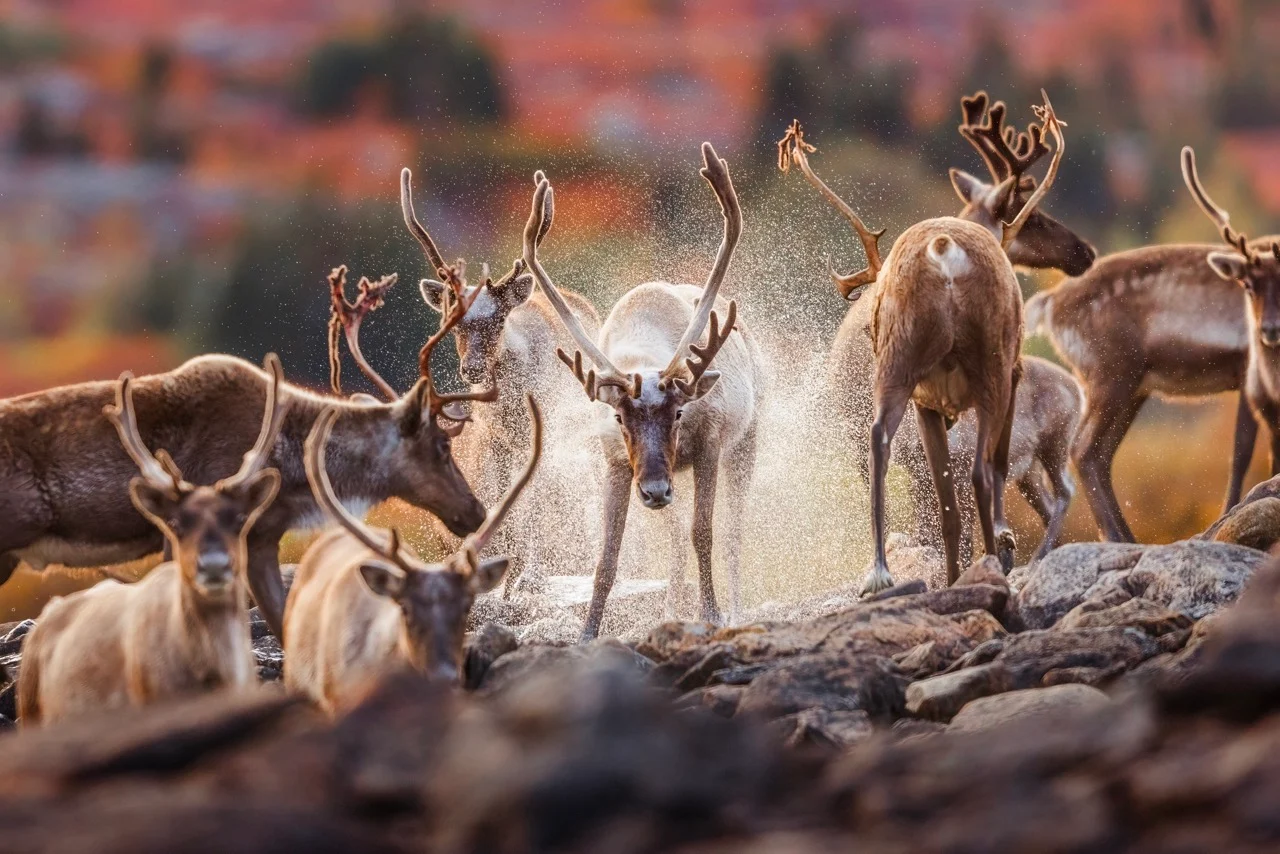
Understanding Canadian Wildlife Behaviour
Technical camera skills mean nothing without understanding wildlife behaviour enabling you to anticipate moments, position effectively, and capture natural behaviour rather than disturbed, fleeing animals. Comprehensive training covers species-specific behaviour patterns helping you predict movements and interactions.
Seasonal behaviour including breeding seasons, migration patterns, and feeding habits determines optimal photography timing for different species. Understanding when caribou migrate across northern Canada, when bears fish for salmon in BC rivers, or when bird migrations occur through Canadian flyways maximizes photography opportunities.
Safety protocols for photographing potentially dangerous wildlife including bears, moose, and wolves protect both photographers and animals. Training covers appropriate distances, warning signs of agitation, and defensive strategies if wildlife approaches too closely—knowledge that could save your life in Canadian wilderness.
Ethical wildlife photography practices aligned with guidelines from Parks Canada and the Canadian Wildlife Federation ensure your photography doesn’t harm animals or habitats. Understanding these ethical standards distinguishes professional wildlife photographers from tourists inadvertently causing disturbance or harm.
Canadian Locations and Access Considerations
Canada’s premier wildlife photography locations span diverse ecosystems from Pacific coastal rainforests to Arctic tundra. Training should familiarize you with key locations, access requirements, and seasonal considerations for different regions.
National parks including Banff, Jasper, Algonquin, Gros Morne, and Pacific Rim offer protected wildlife viewing with established infrastructure. Understanding Parks Canada permit requirements for commercial photography, camping regulations, and seasonal closures ensures legal, responsible operation within protected areas.
Provincial parks and wildlife management areas across provinces provide additional photography opportunities often with fewer crowds than famous national parks. Regional knowledge of Ontario’s Algonquin Park moose populations, Alberta’s badlands wildlife, or BC’s coastal bear viewing areas expands your photographic repertoire.
Private wildlife reserves and guided photography operations offer controlled access to wildlife with expert guides positioning you for optimal photography. Understanding when guided operations justify their costs versus independent fieldwork helps you maximize photography budgets whilst accessing otherwise difficult locations.
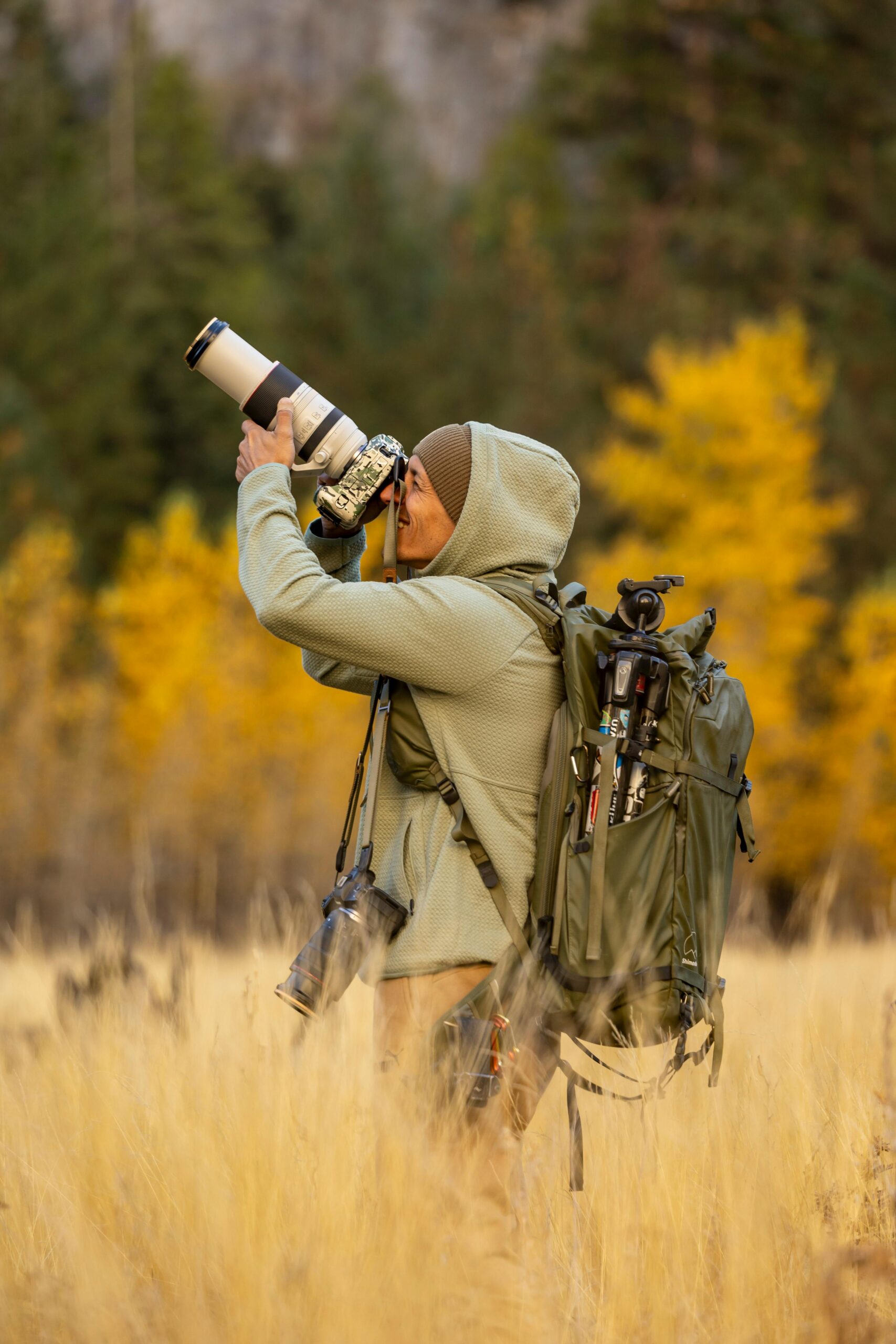
Equipment Requirements for Canadian Wildlife Photography
Canadian wildlife photography demands robust, weather-sealed equipment performing reliably in extreme conditions from -40°C winters to hot, humid summers. Your equipment choices directly impact image quality, shooting capabilities, and gear longevity in harsh environments.
Camera Bodies for Wildlife Photography
Professional or advanced enthusiast camera bodies with fast autofocus systems, high burst rates (8-12 fps minimum), and excellent high ISO performance prove essential for wildlife work. Full-frame sensors provide better low-light capability though APS-C sensors offer focal length multiplication advantages with telephoto lenses.
Weather sealing protects electronics from moisture, dust, and temperature extremes encountered in Canadian wilderness. Shooting near coastal spray, in prairie dust storms, or during snowfall requires gear that continues functioning when consumer equipment fails.
Dual card slots provide critical backup preventing catastrophic data loss from card failures—professional wildlife photographers never shoot important work without redundant storage. One failed memory card shouldn’t destroy irreplaceable imagery from a once-in-lifetime wildlife encounter.
Battery performance in cold Canadian winters requires special attention—lithium batteries lose capacity rapidly in freezing temperatures. Carrying multiple batteries kept warm against your body ensures continued shooting during winter wildlife photography sessions.
Telephoto Lenses and Optical Considerations
Wildlife photography lenses typically range from 400mm-600mm focal lengths enabling frame-filling images whilst maintaining safe, ethical distances from wildlife. Quality 400mm f/5.6, 500mm f/5.6, or 600mm f/4 lenses represent substantial investments ($1,500-$12,000) essential for serious wildlife work.
Image stabilization technology enables sharp handheld shooting at slow shutter speeds compensating for the natural shake inherent with heavy telephoto lenses. Modern stabilization systems provide 4-5 stops of shake reduction, dramatically improving success rates with telephoto glass.
Lens quality matters more than megapixels—sharp professional telephoto lenses resolve fine details like fur texture and feather patterns that distinguish compelling wildlife imagery from mediocre snapshots. Investing in quality optics generates better returns than constantly upgrading camera bodies.
Teleconverters (1.4x, 2x) extend lens reach affordably though with light loss and some quality reduction. Understanding when teleconverters prove useful versus when they compromise images too severely represents important technical knowledge for budget-conscious wildlife photographers.
Quality online courses including equipment eliminate the barrier of expensive telephoto lens acquisition, providing professional gear needed for immediate skill development and career launch without separate $8,000-$15,000 equipment investments.

Business Skills for Wildlife Photography Careers
Technical and fieldcraft excellence alone don’t guarantee wildlife photography careers—business acumen, marketing effectiveness, and diverse revenue streams determine commercial success in this competitive specialization. Photography business courses provide essential commercial training alongside technical wildlife instruction.
Revenue Streams for Wildlife Photographers
Stock photography licensing through agencies like Getty Images, Adobe Stock, and specialized wildlife libraries provides passive income from existing image libraries. Understanding stock photography requirements, keywording strategies, and licensing models maximizes returns from your wildlife portfolio.
Editorial assignments for Canadian Geographic, outdoor magazines, conservation publications, and tourism marketing materials offer higher per-image rates than stock photography. Building editorial client relationships and understanding assignment photography workflows opens lucrative opportunities beyond stock sales.
Tourism partnerships with operators offering wildlife viewing, fishing lodges, and adventure travel companies generate income through promotional photography, workshop instruction, or revenue-sharing arrangements. Many Canadian tourism businesses need quality wildlife imagery for marketing whilst providing photographers access to prime locations.
Conservation organization work with groups like the Canadian Wildlife Federation, provincial wildlife agencies, and environmental nonprofits combines income with meaningful conservation contribution. These organizations need compelling imagery for fundraising, education, and advocacy whilst often providing access to research sites and wildlife experts.
Workshop instruction and photo tours leverage your expertise and location knowledge into premium-priced educational experiences. Established wildlife photographers command $2,000-$5,000 per participant for multi-day workshops, creating substantial income from teaching alongside direct photography sales.

Pricing Wildlife Photography Services
Wildlife photography pricing varies dramatically based on usage, exclusivity, and client budgets. Understanding licensing models—royalty-free versus rights-managed, exclusive versus non-exclusive, editorial versus commercial—ensures appropriate pricing protecting your image value.
Stock photography generally generates $25-$500 per license for Canadian wildlife images depending on usage scope and exclusivity. Building substantial stock portfolios (1,000+ images) creates meaningful passive income as your library generates recurring sales.
Editorial assignments typically pay $300-$1,500 per day plus expenses for established photographers shooting for Canadian publications. Building editorial reputation requires initial lower-rate work whilst developing portfolio and client relationships justifying premium rates.
Commercial licensing for advertising, packaging, or corporate uses commands premium pricing—$1,500-$15,000+ per image depending on usage scope, duration, and geographic territory. Understanding commercial licensing negotiations protects image value whilst remaining competitive in Canadian markets.
Legal and Ethical Considerations
Commercial wildlife photography in Canadian national parks requires business licenses and commercial activity permits from Parks Canada. Understanding permit application processes, associated costs ($100-$700 annually), and compliance requirements ensures legal operation within protected areas.
Copyright registration and image protection strategies safeguard your intellectual property against unauthorized usage. The Canadian Intellectual Property Office provides copyright registration though images are automatically protected under Canadian law upon creation.
Model releases aren’t required for wildlife photography though property releases may be necessary when photographing on private land or in commercial wildlife facilities. Understanding when releases are needed prevents legal complications from image licensing.
Liability insurance protects against claims arising from wildlife encounters or accidents during photography activities. Professional photographers operating commercially typically carry $2-5 million liability coverage satisfying Parks Canada requirements and protecting personal assets.
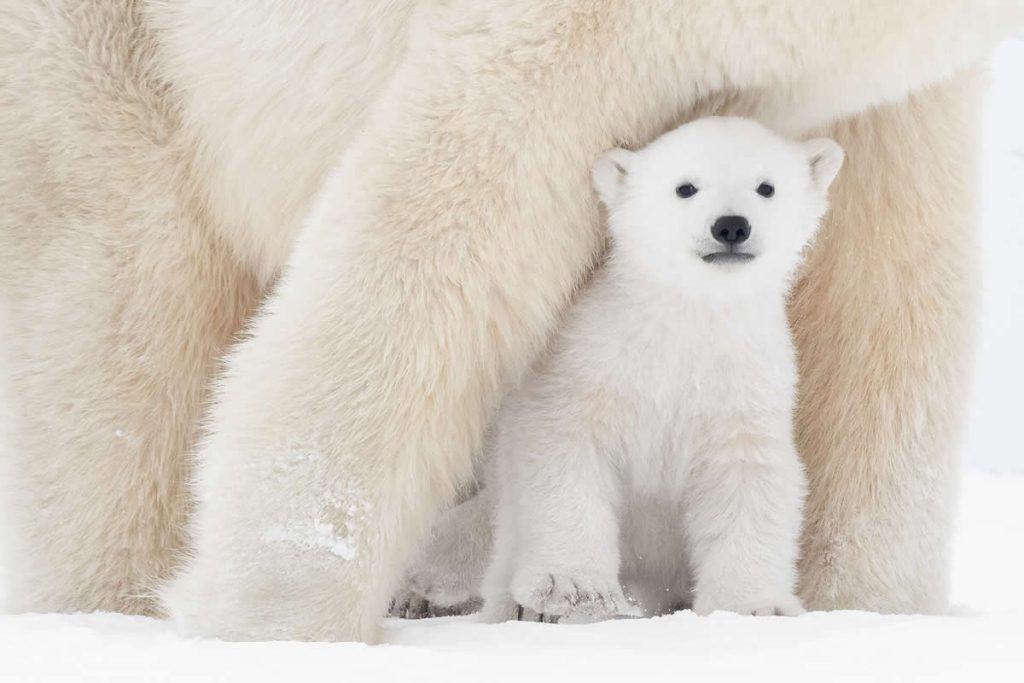
Online Wildlife Photography Training Advantages
Wildlife photography skills develop through repeated field practice, species observation, and iterative technique refinement rather than classroom theory. Online training delivery perfectly suits this practical learning approach whilst accommodating the geographic diversity and schedule constraints of Canadian students.
Accessibility Across Canadian Provinces
Online wildlife photography training eliminates geographic barriers enabling students from Newfoundland to British Columbia, from southern Ontario to northern territories to access identical professional instruction. This nationwide accessibility proves especially valuable given Canada’s vast distances and limited traditional photography schools.
Regional students photographing local wildlife—moose in Newfoundland, polar bears in Churchill, grizzlies in the Rockies, or whales off Vancouver Island—apply training immediately to accessible species rather than studying examples from distant locations. Online learning allows specialization in locally abundant wildlife whilst understanding principles transferable to any species.
Seasonal flexibility accommodates regional variations—prairie photographers shooting winter activities whilst BC coastal photographers work during salmon runs. Self-paced online learning adapts to your local wildlife seasons rather than misaligning with distant classroom schedules.
Weather independence proves especially valuable in Canadian contexts—blizzards, extreme cold, or dangerous driving conditions don’t interrupt learning when training occurs from home. This flexibility particularly benefits northern Canadian students dealing with harsh winter conditions limiting travel.
Cost Efficiency for Canadian Students
Online wildlife photography courses typically cost $4,000-$8,000 CAD compared to $15,000-$35,000 for equivalent traditional Canadian photography schools before considering additional expenses. This 60-75% cost reduction makes professional training accessible without crushing student debt.
Equipment inclusion in comprehensive online programmes eliminates separate $8,000-$15,000 investments in telephoto lenses, camera bodies, and accessories required for wildlife photography. Receiving professional gear integrated with training accelerates career launch whilst ensuring equipment familiarity through immediate hands-on practice.
Eliminated travel costs prove substantial for Canadian students—relocating to Toronto or Vancouver photography schools from other provinces involves $15,000-$25,000 annually in accommodation alone plus transportation, food, and opportunity costs of foregone employment during full-time study.
Maintained employment during training preserves income whilst developing skills gradually. Most successful wildlife photographers build careers progressively whilst maintaining existing jobs—online training supports this pragmatic approach perfectly unlike traditional full-time programmes requiring immediate employment cessation.
According to Statistics Canada education cost data and Canada Revenue Agency expense guidelines, online professional training generates superior return on investment for most Canadian students when calculating total costs and income preservation benefits.

Seasonal Considerations for Canadian Wildlife Photography
Canada’s dramatic seasonal variations create distinct photography opportunities and challenges throughout the year. Understanding seasonal patterns, species behaviour, and equipment requirements for different seasons maximizes photography success whilst ensuring your safety and comfort.
Spring Wildlife Photography (March-May)
Spring awakening brings emerging bears from hibernation, migrating birds returning to Canadian breeding grounds, and newborn wildlife offering compelling photography subjects. However, unpredictable weather, muddy conditions, and limited foliage cover create challenges requiring specific techniques.
Bear photography during spring focuses on newly emerged animals foraging intensively after months without food. Understanding bear behaviour during this vulnerable period, maintaining safe distances, and recognizing aggression signs proves essential for ethical, safe spring bear photography.
Bird migration through Canadian flyways peaks during April-May bringing millions of waterfowl, shorebirds, and songbirds through provinces. Understanding migration timing, staging areas, and peak concentrations positions you for exceptional bird photography opportunities unavailable during other seasons.
Equipment protection from mud, rain, and temperature fluctuations requires weather-sealed gear, protective covers, and cleaning supplies. Spring conditions rapidly soil equipment—understanding proper field maintenance prevents damage whilst maintaining image quality throughout challenging sessions.
Summer Wildlife Photography (June-August)
Summer provides long daylight hours, accessible locations after snow melt, and diverse wildlife activity though also brings challenges including harsh midday light, biting insects, and tourist crowds at popular locations.
Prime photography occurs during golden hours with harsh midday light generally unsuitable for quality wildlife imagery. Understanding how to maximize morning and evening sessions whilst using midday for travel, scouting, or rest optimizes summer photography productivity.
Insect management through appropriate clothing, repellents, and tolerance proves essential for summer Canadian wilderness work. Black flies, mosquitoes, and deer flies can make photography miserable—preparation and proper expectations prevent abandoning locations due to insect harassment.
National park crowds peak during summer requiring early arrival at popular locations or seeking lesser-known areas providing solitude and undisturbed wildlife. Understanding crowd patterns and alternative locations maintains quality photography experiences during busy seasons.
Fall Wildlife Photography (September-November)
Autumn offers spectacular foliage backgrounds, wildlife preparing for winter, rutting season for ungulates, and migrating birds creating diverse photography opportunities. Cooling temperatures improve comfort whilst reducing insect issues plaguing summer photography.
Rutting moose, elk, and deer provide dramatic behaviour photography as males compete for breeding opportunities. Understanding rutting behaviour, maintaining safety around aggressive males, and anticipating action creates compelling autumn wildlife imagery.
Fall bird migration brings different species than spring as birds move south to wintering grounds. Shorebirds, raptors, and waterfowl concentrate along migration routes creating opportunities for photographing species briefly passing through Canada.
Rapidly changing weather requires flexible planning and appropriate gear for conditions ranging from warm autumn days to early winter storms. Layered clothing, weather protection, and backup plans for deteriorating conditions ensure continued productivity despite variable fall weather.

Winter Wildlife Photography (December-February)
Winter presents unique opportunities including dramatic snow backgrounds, reduced foliage revealing wildlife, and species visible only during cold months though extreme conditions demand specialized equipment and safety precautions.
Cold weather equipment protection requires camera bodies and lenses functioning reliably to -40°C whilst preventing condensation issues when moving between cold exteriors and warm interiors. Understanding cold weather photography techniques protects gear whilst maintaining image quality during harsh Canadian winters.
Winter wildlife including snowy owls, arctic foxes, caribou, and cold-adapted species offers photography unavailable during other seasons. Northern photographers particularly benefit from winter specialization accessing wildlife that draws photographers from across Canada and internationally.
Safety considerations including hypothermia risk, avalanche danger in mountain areas, and reduced daylight hours require proper preparation, appropriate clothing, and conservative decision-making. Winter wilderness photography demands respect for conditions that quickly become life-threatening without adequate preparation.
Career Timeline and Income Expectations
Wildlife photography represents a long-term career development path rather than quick income generation—realistic timeline expectations help you plan career transitions whilst maintaining motivation through inevitable challenges and slow income growth periods.
Year 1: Foundation Building and Portfolio Development
Initial training focuses on technical mastery, species behaviour understanding, and portfolio creation whilst generating minimal income. First-year wildlife photographers typically earn $5,000-$15,000 from stock sales, small assignments, and initial client work whilst primarily focused on skill development.
Stock portfolio building requires creating 200-500 quality images across diverse species, behaviours, and seasons before generating meaningful income. Understanding stock agency requirements, effective keywording, and competitive image quality standards establishes foundations for passive income growth.
Local wildlife photography near your home base develops skills affordably before investing in expensive travel to remote locations. Successful wildlife photographers often begin with locally abundant species—urban wildlife, backyard birds, or regional parks—before progressing to exotic destinations.
Equipment proficiency develops through regular use—monthly field sessions minimum, weekly ideal—building intuitive operation enabling confident shooting during critical wildlife moments. Online training with included equipment enables this regular practice without additional costs limiting field time for budget-conscious beginners.
Year 2-3: Specialization and Income Growth
Mid-career development emphasizes specialization in particular species, locations, or wildlife photography niches whilst expanding stock portfolios and developing editorial client relationships. Income typically reaches $20,000-$45,000 as your reputation grows and portfolio generates increasing stock sales.
Niche specialization in bear photography, bird photography, or specific Canadian regions establishes expertise distinguishing you from generalist wildlife photographers. Deep specialization enables workshop instruction, editorial assignments, and premium stock licensing unavailable to photographers with scattered portfolios lacking cohesive focus.
Editorial relationship building through consistent pitch submissions, spec work for target publications, and networking at photography events opens assignment opportunities. Canadian Geographic, outdoor magazines, and conservation publications represent key editorial markets for Canadian wildlife photographers.
Workshop development leverages growing expertise into premium-priced educational offerings. Even mid-career photographers command $1,000-$2,000 per participant for weekend workshops once they’ve established portfolio credibility and location knowledge.
Year 4+: Established Career and Income Stability
Established wildlife photographers earn $50,000-$95,000 annually through diversified income streams including stock licensing, editorial assignments, commercial projects, workshop instruction, and speaking engagements. This income level typically requires 4-7 years of consistent work, substantial portfolio development, and strong industry relationships.
Passive stock income from extensive portfolios (2,000+ images) generates $20,000-$40,000 annually for photographers with strong libraries of in-demand Canadian wildlife imagery. This reliable baseline income reduces pressure whilst enabling selective assignment work aligned with your creative vision and conservation values.
Premium assignments and commercial licensing projects occasionally generate $5,000-$25,000 single-project income from major clients, significant commercial licensing deals, or large-scale editorial features. These substantial projects typically arrive through reputation and portfolio strength rather than active marketing.
Teaching and speaking income from workshops, conference presentations, and online course creation diversifies revenue whilst establishing thought leadership within Canadian wildlife photography. Many established photographers generate 30-50% of income from educational activities rather than direct photography sales.
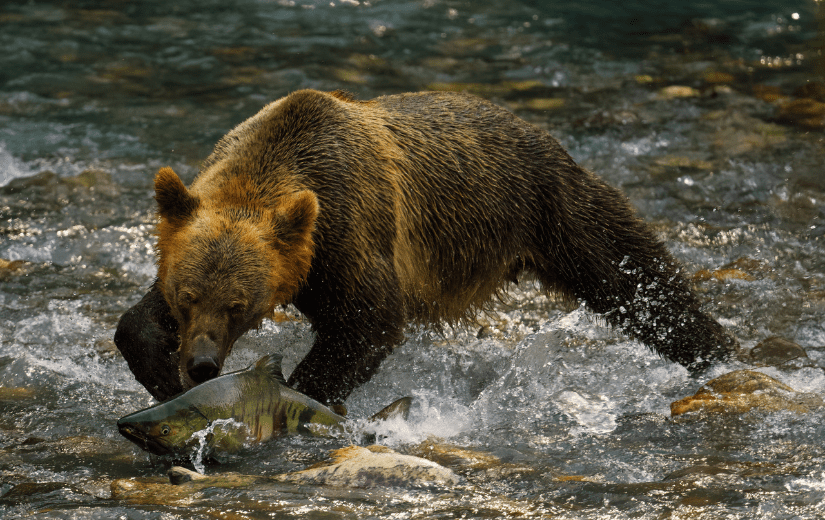
Start Your Wildlife Photography Career Today
Canada’s spectacular wildlife and vast wilderness create world-class photography opportunities for properly trained professionals combining technical excellence, fieldcraft knowledge, and business acumen. Online wildlife photography training provides comprehensive education accessible to students across all Canadian provinces without relocating to Toronto or Vancouver photography schools.
Canadian Photography School’s wildlife photography course includes professional telephoto lenses and camera equipment, comprehensive technical and business training, and ongoing support preparing you completely for wildlife photography success in Canadian markets. With payment plans from $35/week CAD and equipment included, you can begin your wildlife photography career immediately without substantial upfront investment.
Whether pursuing full-time wildlife photography careers, supplementary creative income, or combining wildlife specialization with broader professional photography training, comprehensive online education provides foundations for sustainable success in Canada’s thriving outdoor and conservation industries.
Explore our photography business course for essential entrepreneurial training complementing technical wildlife photography instruction, ensuring your artistic passion generates sustainable professional income throughout your Canadian wildlife photography career.
